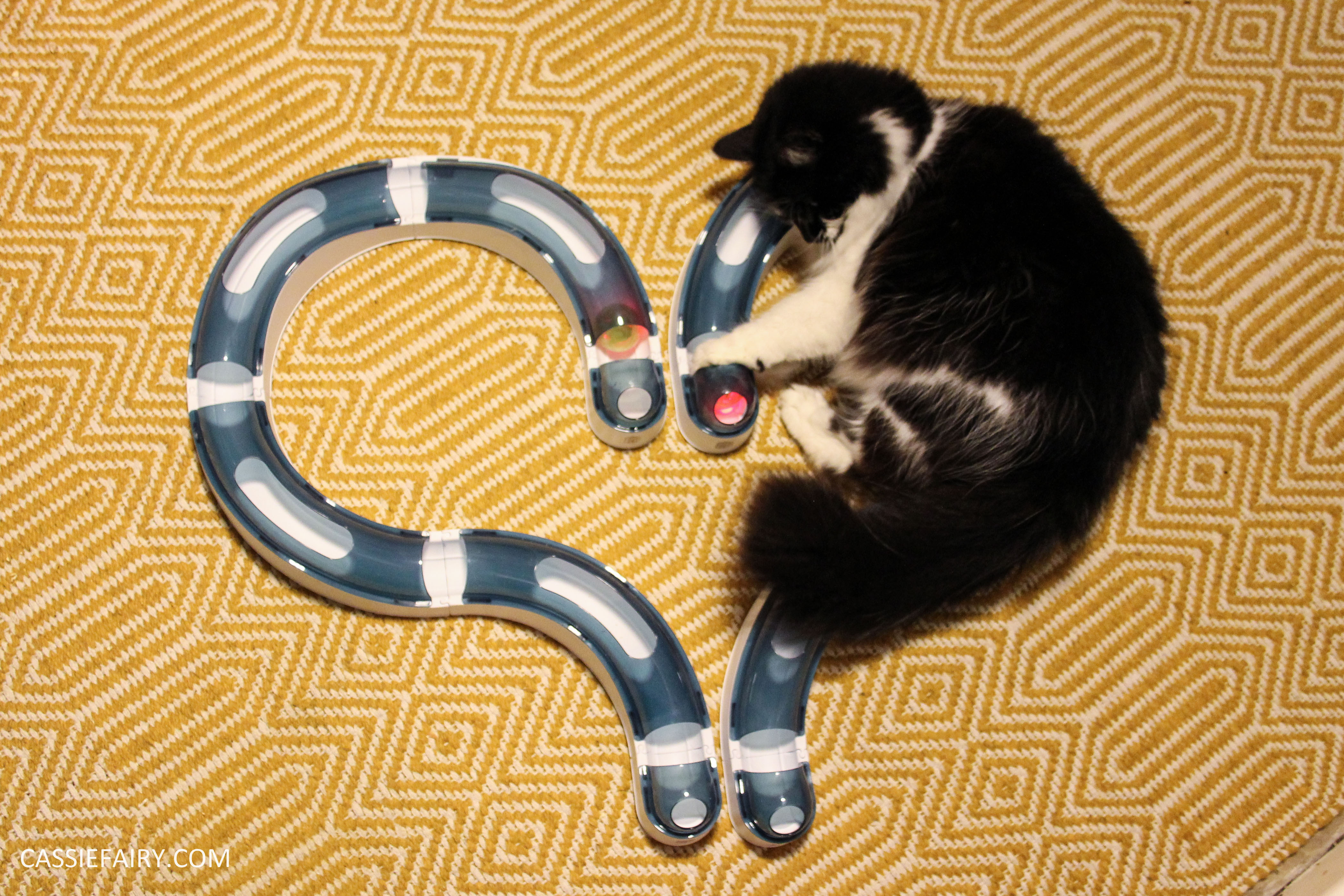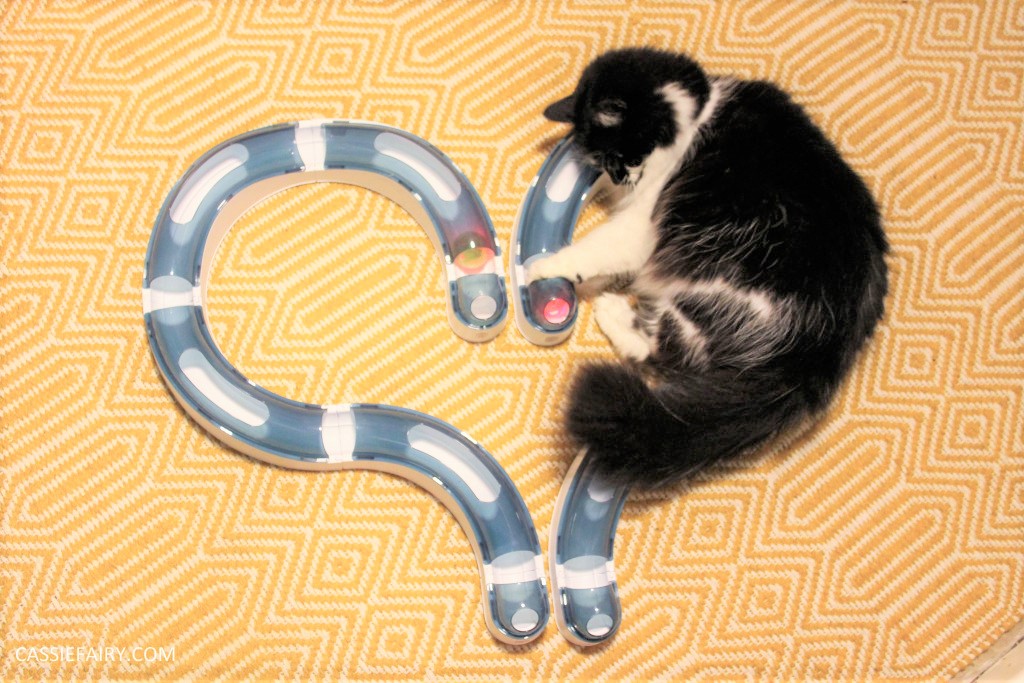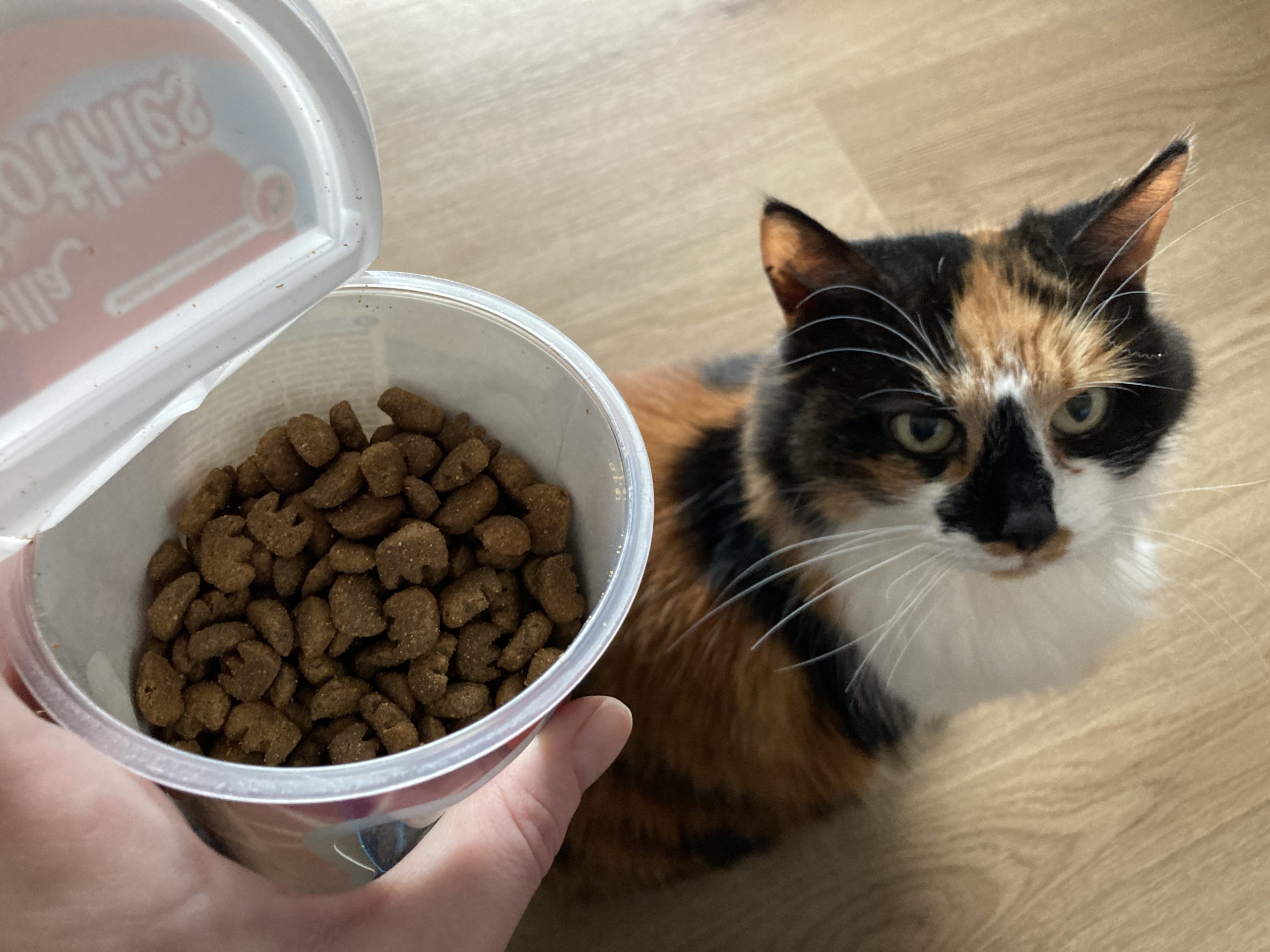
1 CREATE A SAFE ENVIRONMENT
Animals are naturally curious creatures, which can have bad consequences if your home is not properly equipped for an animal. Some household items and even plants are toxic to animals and need to be kept in a safe place – for instance, lilies and onions are poisonous to cats. Be sure to do research as to which items need to be stored away from your pet. And if you’re having a BBQ this summer, have a read of my blog post on keeping pets safe during BBQ season.
2 ANNUAL CHECK-UPS
One easy way to keep your pet healthy is to schedule annual health check-ups with the vet. This is good practice to make sure that your companion is fit as a fiddle. It will also be a good opportunity to make any changes that may be necessary to daily care and routines and to make sure that all vaccinations are up to date so that they don’t pick up any diseases when they’re out and about.
You can usually walk with your dog on a lead into a veterinary clinic. However, there are exceptions, such as if your dog is unable to move or exhibiting potentially dangerous behaviours. In this case, your dog will be safer in a carrier. If you haven’t already bought anything suitable, it is worth checking the collection at Bunty Pet Products. Bear in mind that for nervous pets, a portable cage crate can also be a source of reassurance at the vet’s, as it gives your dog a ‘safe place’.

3 BALANCED DIET
Keeping pets on a good nutritional diet is also a great way to keep them healthy. Feeding your fluffy friends nutritionally balanced meals is the key to success. Be sure to check ingredient labels to see if there are any unnecessary items in the food – does your pet really need so much grain? If your dog or cat has an intolerance to some ingredients (such as rice or wheat) it can be easy to cut that out of their diet with the right food.
Amazingly enough, looking on Twitter is a good source of information on the subject of pet food. Also, consider using quality supplements to enhance the level of nutrition they receive. For instance, the turkey tail blend from Honest Paws is perfect for providing more vitamins than they’d get from food alone.
4 SPAY & NEUTER
Neutering and spaying your animals helps prevent certain types of cancers and infections, and it also helps reduce overpopulation, making this one of the best steps to be taken in keeping pets healthy. Pets can be spayed and neutered safely by a trained vet when they are as young as eight to twelve weeks of age.

5 DENTAL CARE
Proper oral hygiene is particularly important in a pet’s routine. Keeping up dental care can impact animals’ health overall. This is because dental problems can lead to very severe health issues, in the same way that it can affect humans. Brushing your dog or cat’s teeth frequently is sometimes necessary, and your vet can advise you on this. Otherwise, crunching on a dog chew or cat biscuits can help.
6 WEIGHT MANAGEMENT
According to studies, over 50% of cats and dogs are overweight or obese. It’s easy to over-feed in terms of portion sizes so read the back of the pack to make sure your pet is getting the correct amount based on its breed or size. Also, even a small amount of human food, such as cheese, can be super-unhealthy for pets so stop feeding them from your plate and chat with your vet about helping animals lose weight.

7 EXERCISE
This is one of the most beneficial and cheapest ways to keep a pet healthy AND happy. Play with the cat, take the dog for regular walks, and just make sure all pets have enough space to move. Ensure your dog gets a good run-around each day; get a large garden run for your rabbit; and let your lizards out in a contained environment to play! All animals can get hyperactive or sad if not properly exercised, which can lead to behavioural issues and even depression. The other health benefits of regular exercise include; keeping your dog or cat agile and limber, keeping weight down, helping with digestion, curbing excess energy issues, stimulating the mind, and strengthening your relationship.
8 SUMMERTIME
Animals have a different cooling system to humans, which is why it’s important to understand how to keep them cool when it gets hot outside. Play in shaded or covered areas and always have enough water on hand. Never, ever leave a pet in a hot car, not even for a few minutes, as this could quickly have harmful health consequences.

9 COLD WEATHER PAW CARE
Taking care of pet’s paws during the cold winter months is a very important step in keeping them healthy. Use dog booties, as these will protect against snow, ice, and salt that can harm dogs’ paws. Clothing a dog with proper shoes is important and be sure to wipe paws well after a walk. Antifreeze is also an issue, as it is toxic to pets, especially cats, so keep it well away from your animals. If you’ve got chickens, read my blog post on winter care for hens here.
10 CARING FOR SENIOR PETS
As any pet gets older, nutritional requirements change. This is because the ability to digest food can change with age. This also becomes a factor because some pets lose the ability to concentrate urine, therefore needing to produce more. This need to produce more also means the pet will need to drink more water. Feed senior pets high-quality protein, but avoid red meats, as this will force their kidneys to work harder.
I hope these tips will help you to keep your pets in tip-top condition and allow them to live longer and be happier. Let me know your own advice for taking care of your animals in the comments below.

This blog post is an advertisement feature that has been written in collaboration with a sponsor. The pink links in this post indicate a sponsored link 🙂





















